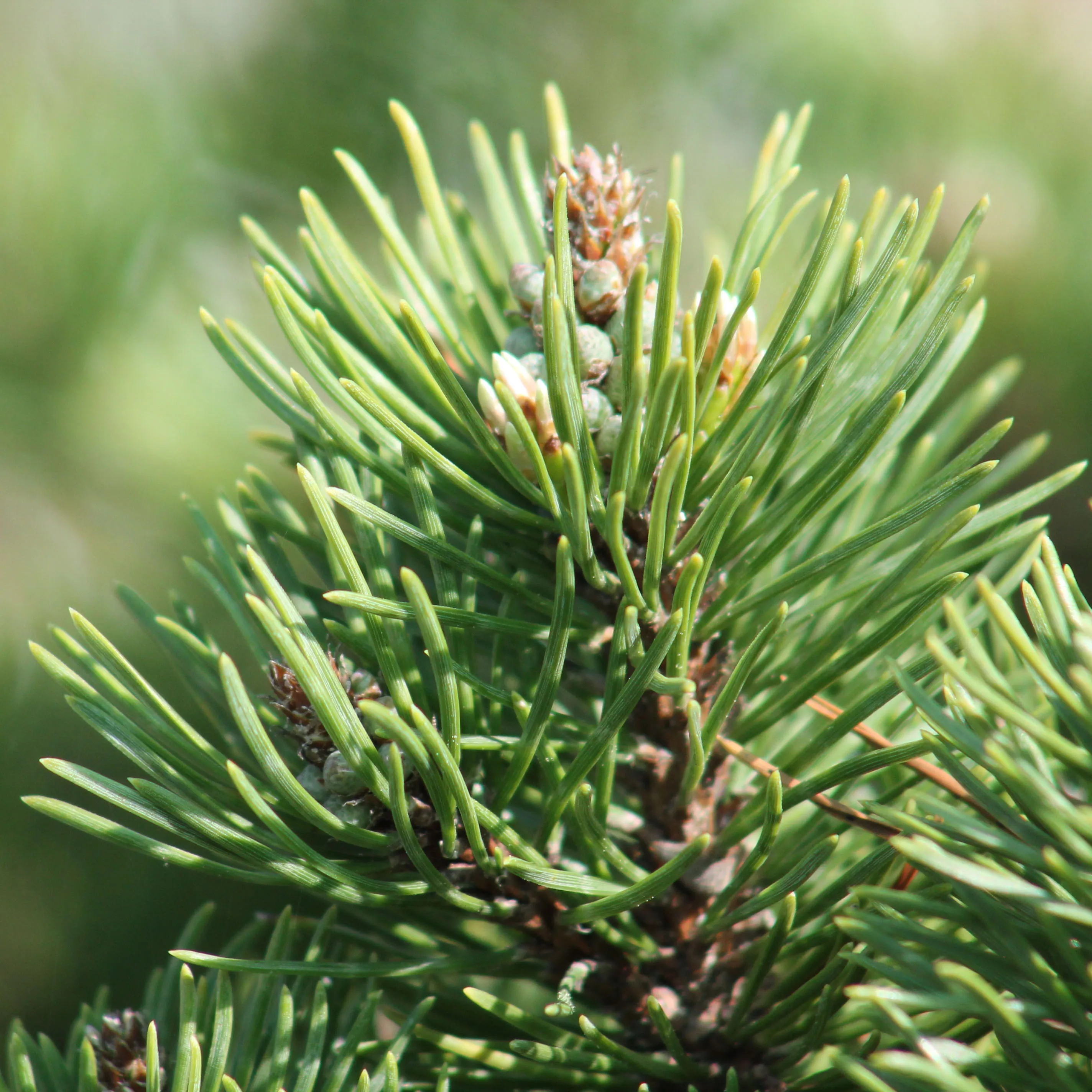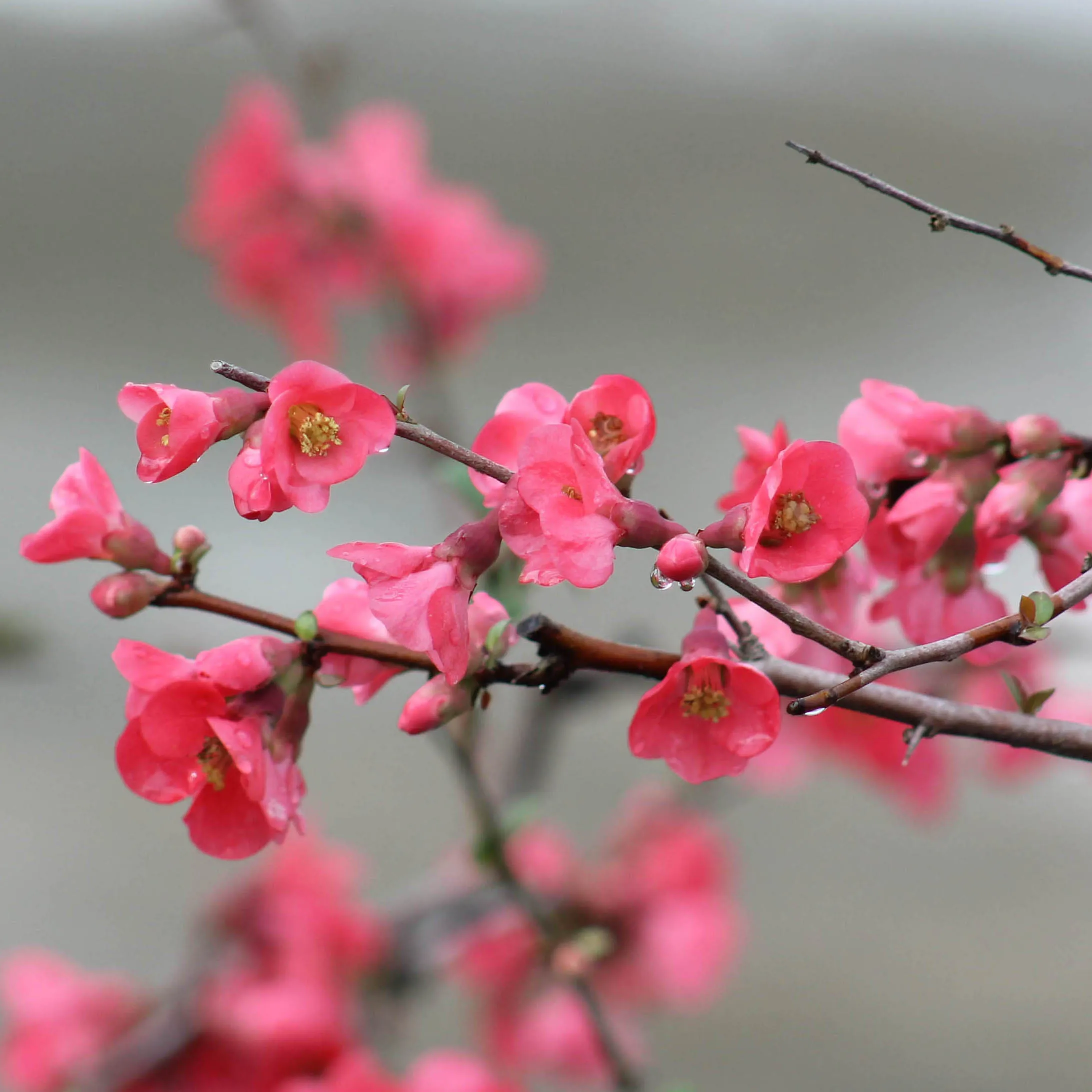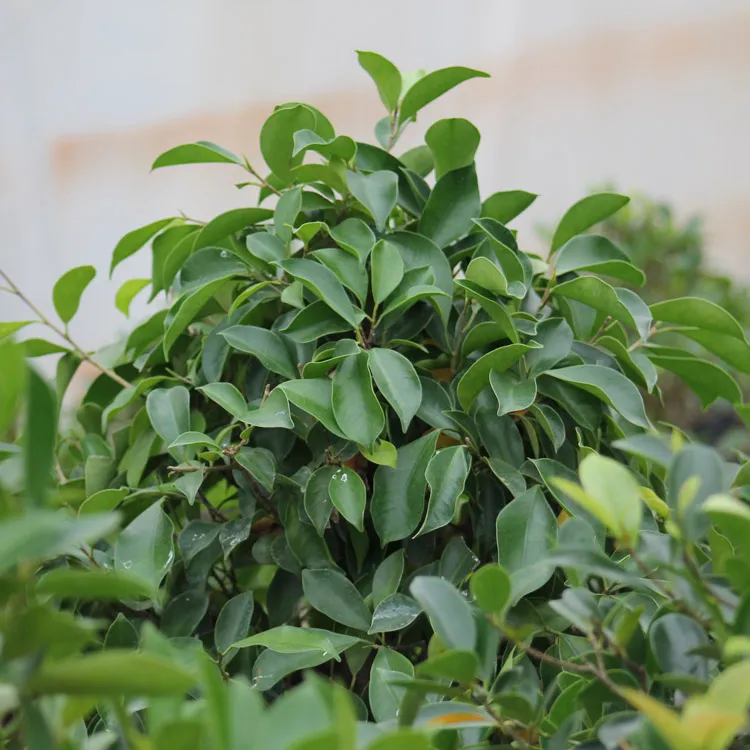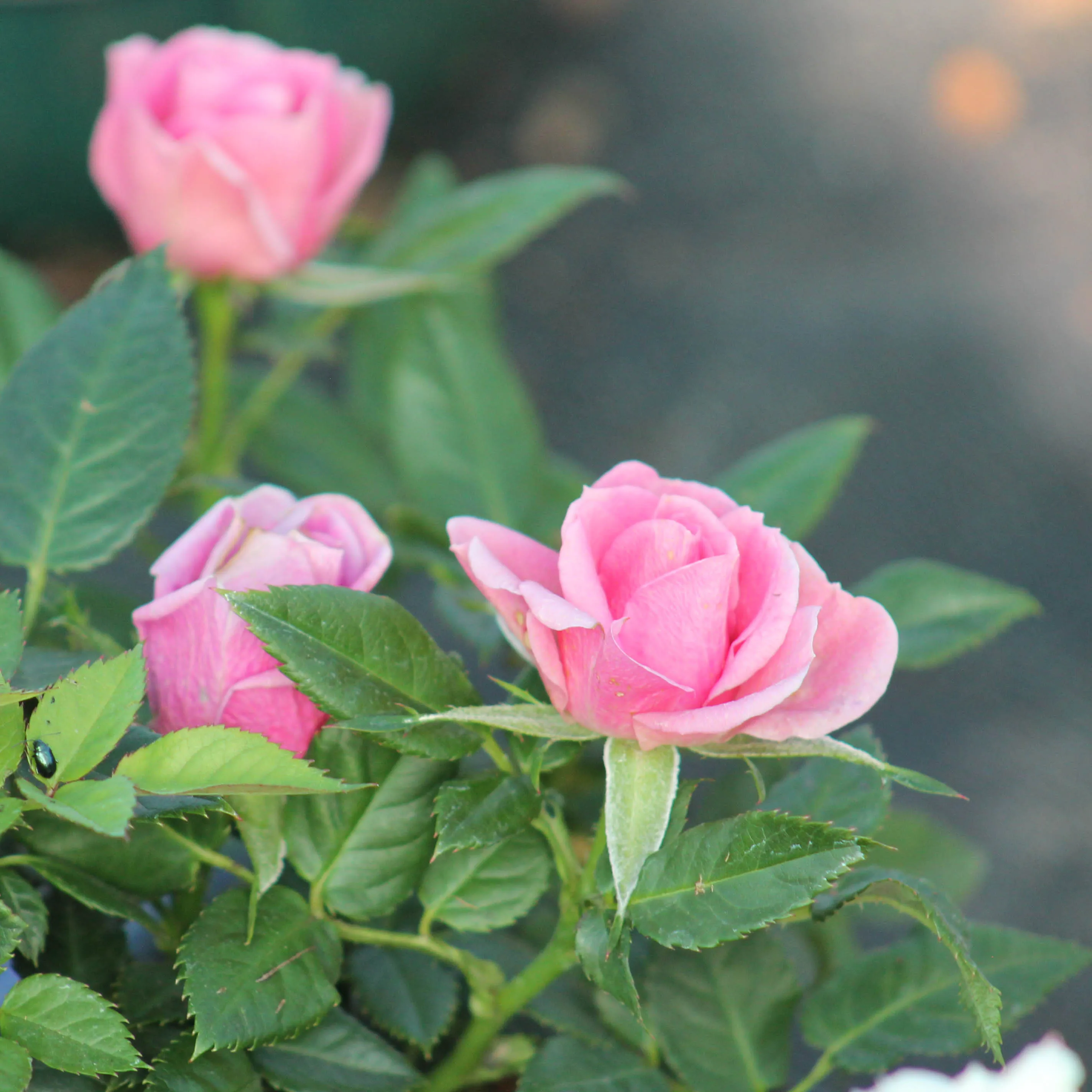With the arrival of autumn, temperatures begin to drop and the first morning frosts appear in the countryside. It's time to think about protecting your bonsai during the winter period. Why protect them and how can we make them get through the winter safely? That's what we're going to see in this article.
We are going to focus on the case of outdoor bonsai, those that stay outside throughout the year. The protection of indoor or orangery bonsai will be discussed at the end.
Understanding What Happens in Winter for a Tree (and Bonsai)
When the cold weather arrives, the trees seem to fall asleep, go to rest before the buds bloom the following spring. This is called "dormancy " and is primarily a protective mechanism.
If the tree continued to form buds and new twigs, they could be toasted by frost and cold. Nature is well made, as soon as the temperatures drop, the growth process will stop but things continue to happen in the tree.
Deciduous trees will first lose their leaves, photosynthesis will stop, and the buds at the petioles will be covered with a protective layer against cold, wind and frost.
Evergreens and conifers are better equipped against extreme conditions because their leaves are thicker. Even during the winter period, photosynthesis continues to be active on these trees.
A natural frost protection mechanism will also be put in place. During lignification (transformation of the green shoot into wood), the sap produced is loaded with sugars, especially starch. When it's cold, enzymes break down this starch into smaller sugars, which have the particularity of lowering the freezing point of the water in which they are soluble.
Since water freezes at zero degrees, without this mechanism the sap would turn to ice, and the cells would burst. The bark also provides thermal insulation, most trees can withstand a little frost without any problems;
That's why it's a good idea not to prune the new branches of your bonsai trees in the fall. Let them grow so that they lignify completely, and they are loaded with sugars. They will withstand the cold better and you can do some structure pruning during the winter.
It is the roots that fear the most from the cold
In nature, a tree is firmly anchored in the ground and cannot move to protect itself from the harshness of winter. And not all species are in the same boat against the cold. This is why at higher altitudes, you will mainly see conifers and rarely deciduous trees, which are not adapted to very negative temperatures (even with " antifreeze ", which circulates in the branches and trunk).
Sometimes, parts of a tree can die during the winter, with Siberian temperatures causing the sap vessels to burst. But, most of the time, it will restart the following spring, creating new branches.
Because the most important thing is the roots. A tree in the wild has roots that plunge several meters into the ground, where any risk of frost is eliminated, allowing it to continue to draw the water necessary for its survival.
For our bonsai, it's quite different. They are in pottery, the root ball can completely freeze, and this causes 2 problems:
- If the substrate remains frozen for days on end, the tree will no longer be able to draw water and may die of thirst;
- If the frost is too strong, the roots may freeze.
Most bonsai will easily withstand a light morning frost, when the temperature turns positive again during the day. More precisely, down to -3°C for a few hours, you risk nothing (except for Mediterranean trees or orangery trees).
On the other hand, you have to be more vigilant when the thermometer drops lower, and especially if it does not rise in the positive for several days. This is where winterizing precautions should be put in place so you don't take any chances with your bonsai.
A lack of frost protection can result in branches that won't grow again in the spring, and sometimes even the complete death of the tree.

3 Methods for a Good Overwintering
First of all, not all bonsai needs to be protected from frost. Some even prefer not to be protected because they need to " feel the cold ". This is the case, for example, with bonsai pines. Don't hesitate to consult our tip sheets on each species to understand their needs.
In addition, large trees are more tolerant of the harsh winter than small trees. For the latter, always protect them below -3°C.
Mulch
Start by putting your bonsai on the ground, where the temperature is often a few degrees higher than the ambient air. Above all, they will be better protected from the wind than if they were placed on your shelves.
Indeed, more than the temperature, it is the icy wind that will be the most detrimental, and you will certainly have noticed that the temperature felt is much lower when a north wind blows.
Then, cover the pots to provide extra protection. You can use straw or simply the dead leaves you pick up in your garden.
Cover the pot completely up to the level of the first branches. The air between the straw or leaves will act as an insulator. But don't cover the branches, which should be left out in the open.
You can also wrap the jar in bubble wrap (used to protect the contents of packages during transport).
If you live in the southern half of France (below the Loire), this type of protection is usually sufficient, except during really freezing periods.
Plastic sheeting
If your bonsai trees are on shelves during the summer, then at the beginning of winter, put them underneath. You protect the pots with mulch and you can cover the shelves with plastic sheeting.
You can create a mini cold greenhouse for just a few euros. You can buy polyane film, used in construction, sold in rolls in DIY supermarkets.
This provides additional protection from the wind. In addition, temperatures are often lowest in the early morning. As soon as the sun rises, it will warm up the inside of this improvised greenhouse. That's why we recommend placing all your trees with an eastern exposure.
During the day, pull up the tarpaulin on the shelves to keep your trees cool.
The Cold Greenhouse
Finally, owning a greenhouse is often considered the ideal solution to protect your bonsai during the winter. Especially since you can add a small heating system to keep it frost-free, if you live in a really cold region.
But this equipment is not without its drawbacks:
- A good greenhouse is a budget. Forget about small greenhouses of 1 or 2 m² in which you won't put much and which cause more problems than they have advantages (see points below);
- It takes up space in the garden, even outside of winter;
- The temperature can rise quickly indoors on sunny winter days. It is therefore necessary to open the doors to evacuate the hot air;
- The humidity level is high, favouring the development of fungi. This is another good reason to ventilate it as much as possible during the day. Only leave it closed in case of prolonged frost;
- Be careful not to catch the wind, especially if the door is open, because in the event of a gust of wind, you can quickly find the greenhouse at the neighbour's house and your trees on the ground.
The greenhouse is therefore not such an ideal solution, but it is the one that provides the best protection, especially if you invest in a large quality greenhouse.
The case of so-called indoor bonsai
What to do with your ficus tree? Your carmona or your serissa? They are tropical or subtropical varieties, which do not tolerate frost at all. So don't imagine making them spend the winter outside, even in a greenhouse.
Ideally, you should have an unheated veranda (but where the temperature remains positive). Because these varieties need light, even during the winter.
You can keep them indoors, but find them in a location close to a large window, a bay window, and as far away as possible from a radiator. And of course, not on the living room table or next to the TV.
Don't overprotect your trees
While frost can be detrimental to bonsai, too much kindness can also cause problems. Don't panic at the first frost. On the contrary, a little morning frost at -1 or -2°C will make your bonsai " smell like winter ".
The risk, when you absolutely want to maintain a frost-free atmosphere, is that you can only surprise you with a beautiful sunny day that will raise the temperature of your greenhouse. With the risk that your bonsai will think winter is over, spring is coming, it's time to get the new buds out.
If your maple trees start to bud in the middle of January, it's not good. Because the cold will return, and so will the greyness. The new shoots will have a hard time growing due to lack of light, the internodes will be longer, the leaves will be bigger.
It will also be necessary to keep these trees frost-free, otherwise the first shoots will be roasted by frost.
Tips for growing during the winter
Although they are dormant, your bonsai continues to have reduced activity. Don't give any more fertilizer, it won't help, but remember to check the humidity of the substrate, because a bonsai needs water even in winter. If it stays outside unprotected, remember that wind tends to dehydrate a tree quickly.
Never water in the evening, because if it freezes overnight while the root ball is waterlogged, it's not good. Prefer to water in the morning, when the temperature has returned to positive.
Never water a completely frozen root ball, let alone with lukewarm water to thaw it. If the frost has lasted for several days, and you think that a bonsai may lack water, place it for a day in a frost-free place so that the root ball is free of the ice, and then water copiously. Then wait another day for the substrate to drain, before putting the bonsai back outside.
If lack of water is a problem, so are excesses. In winter, we often have long periods with showers. As the bonsai " idle ", their water needs are lower, they will pump less than during the growing season.
If your substrate retains too much moisture, the roots can suffocate in standing water and rot. Don't hesitate to put your bonsai under shelter, while the substrate drains naturally, when the rain keeps falling for days.


 Production of French Bonsai
Production of French Bonsai
























































































